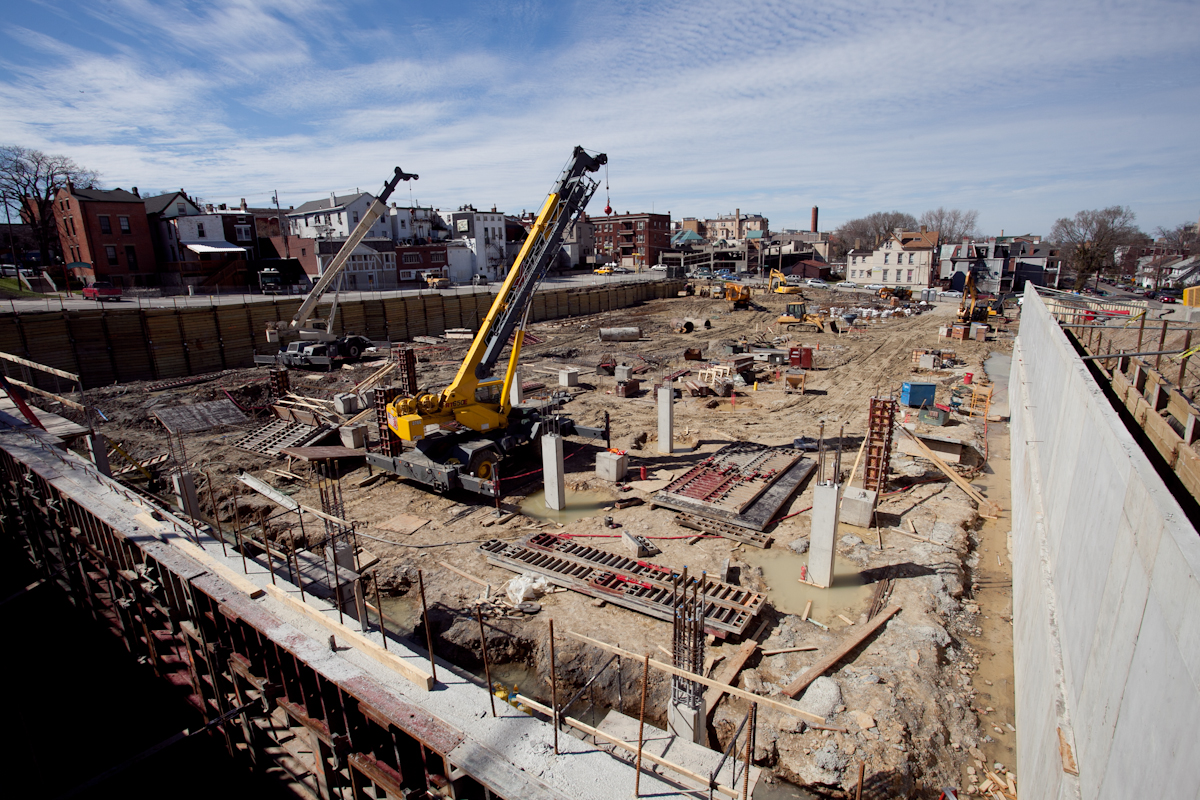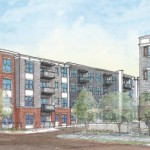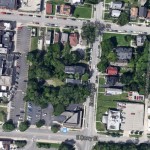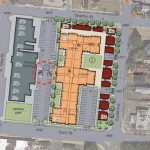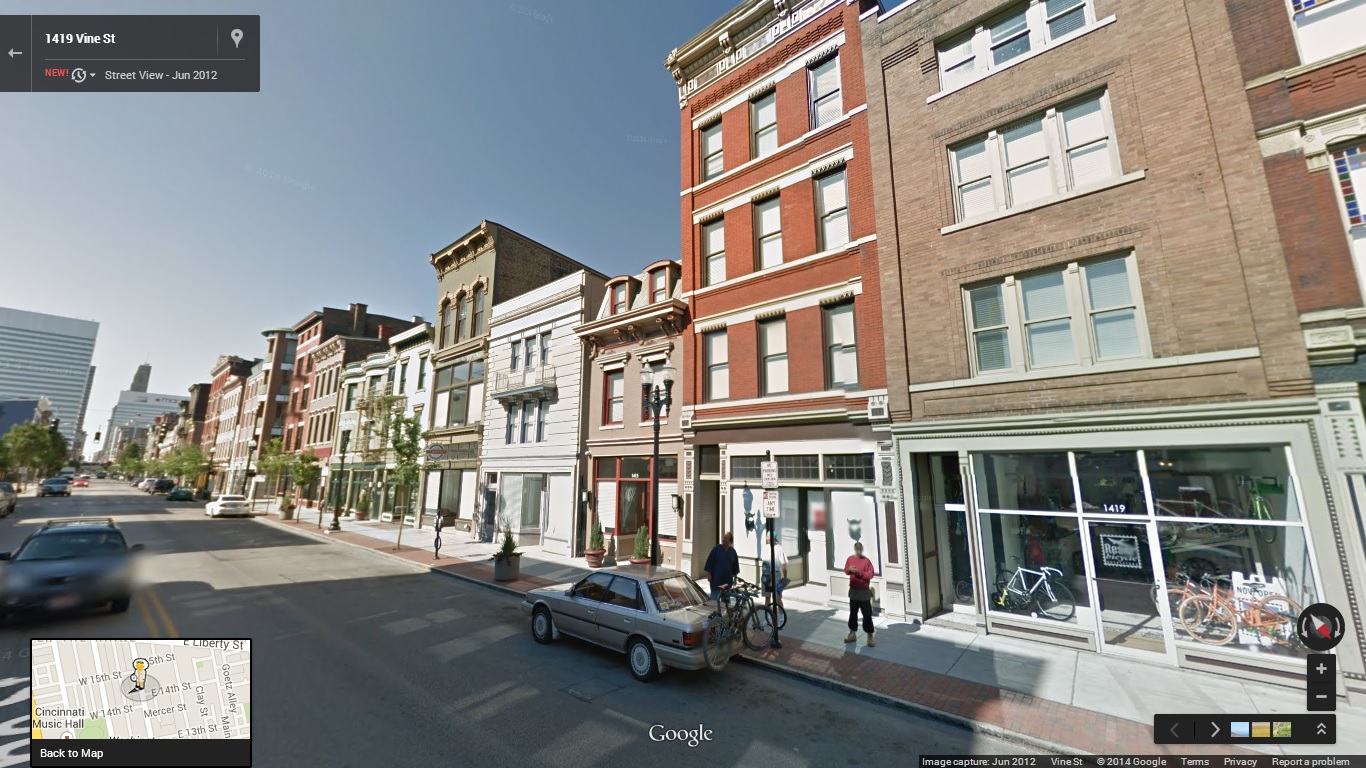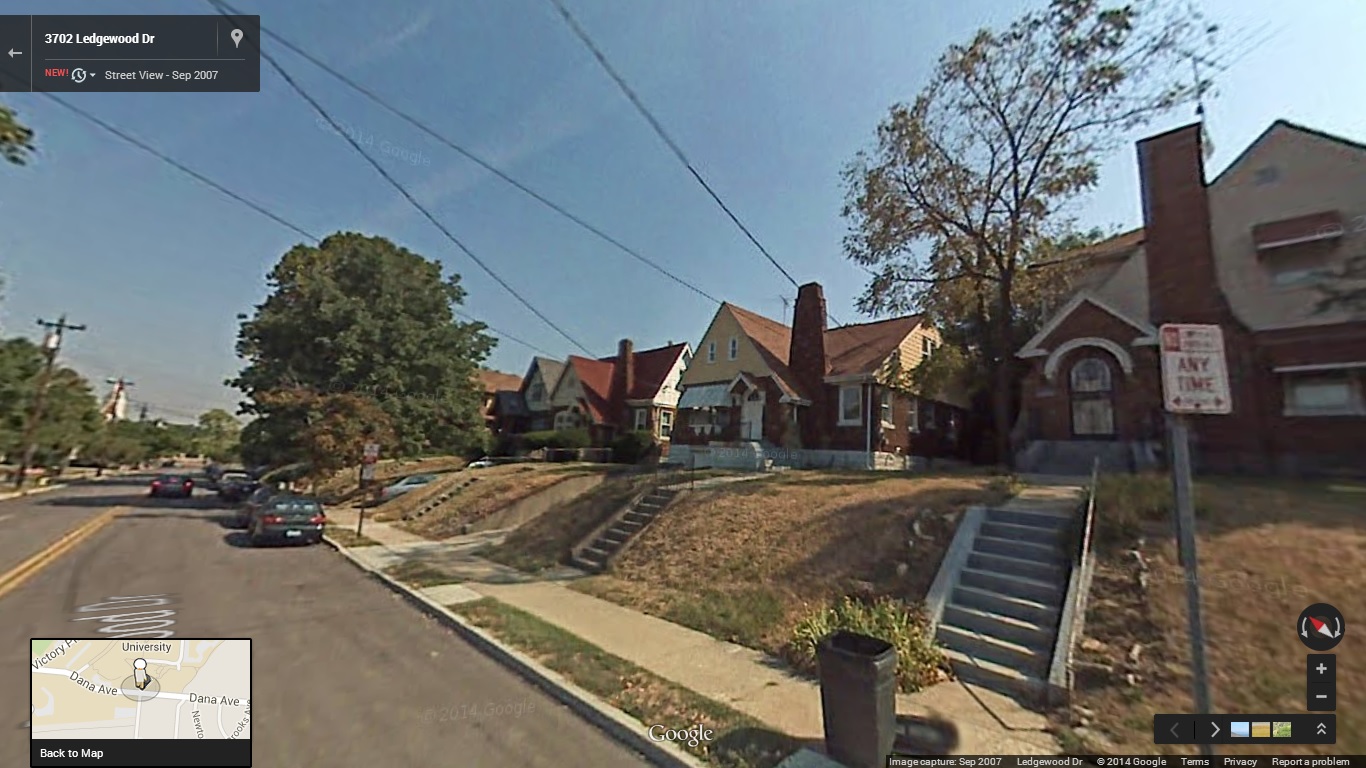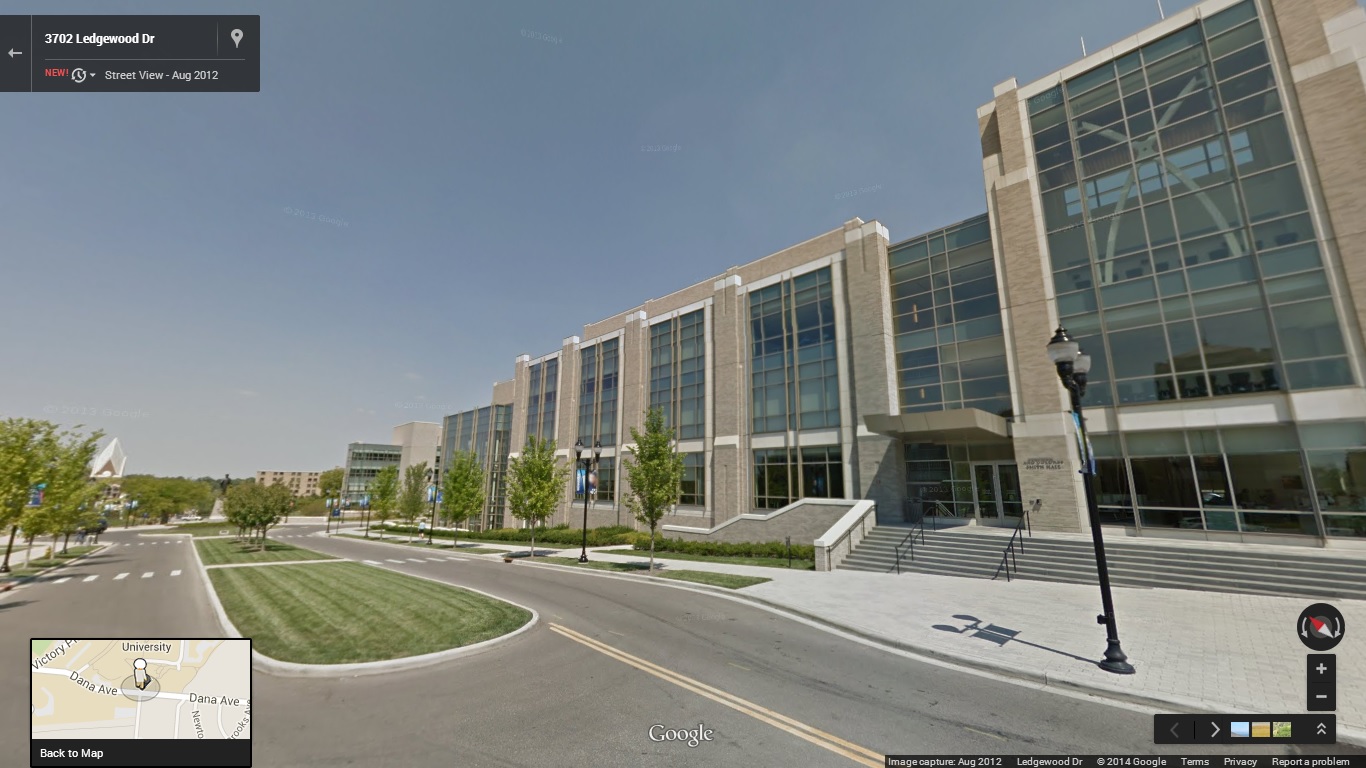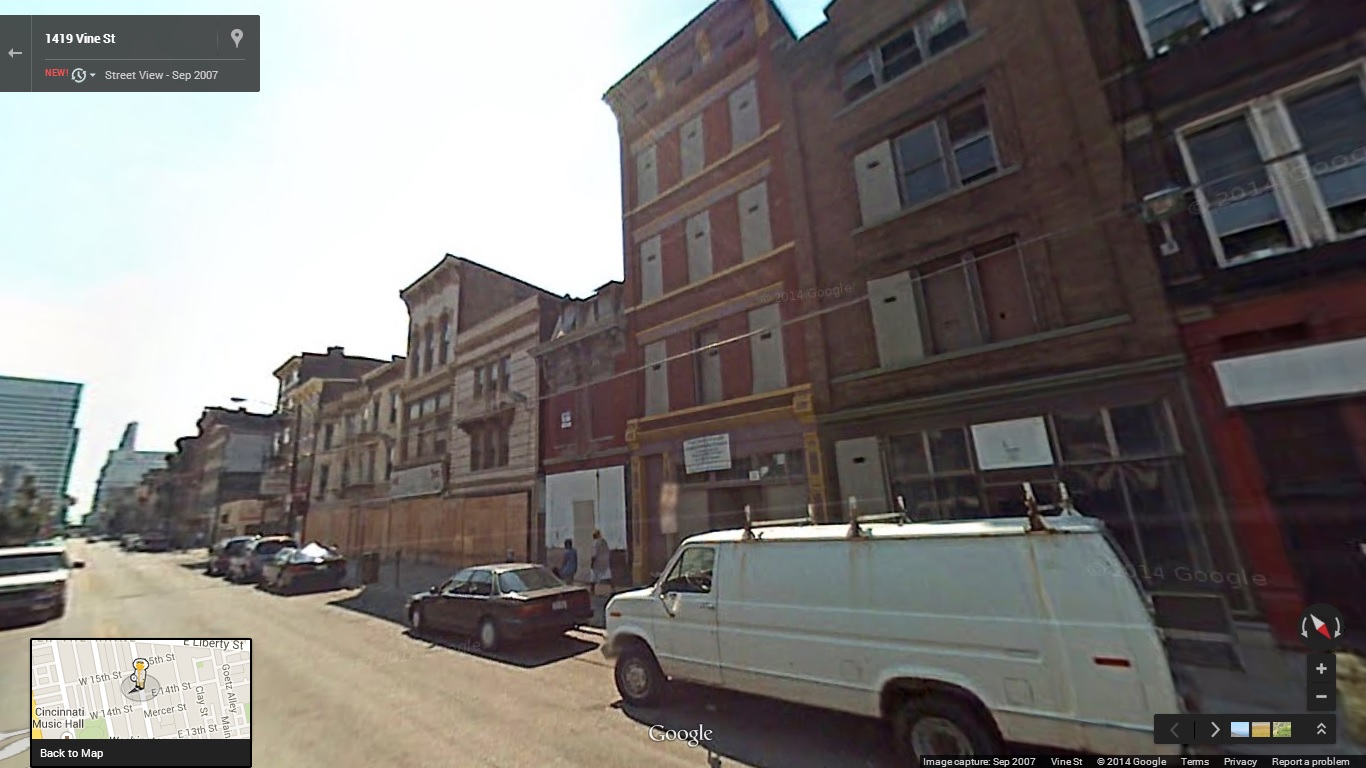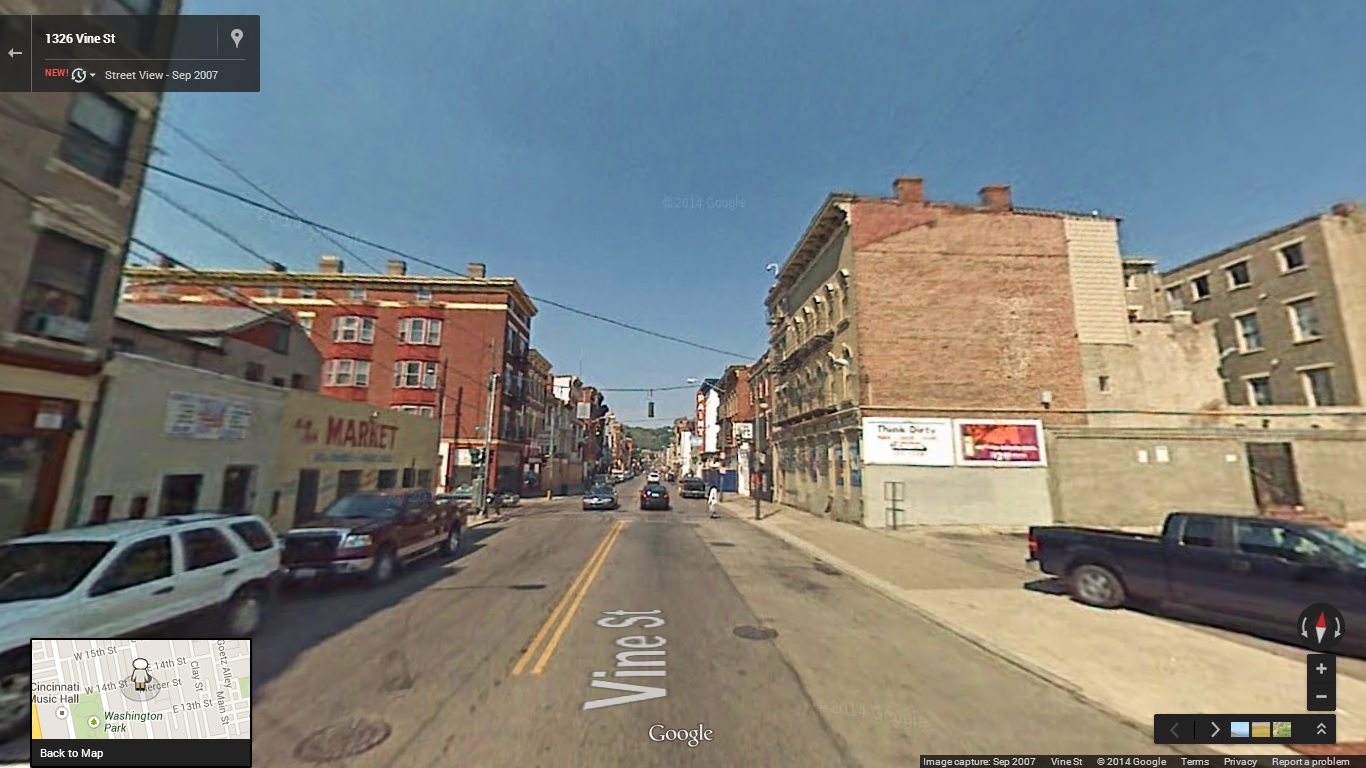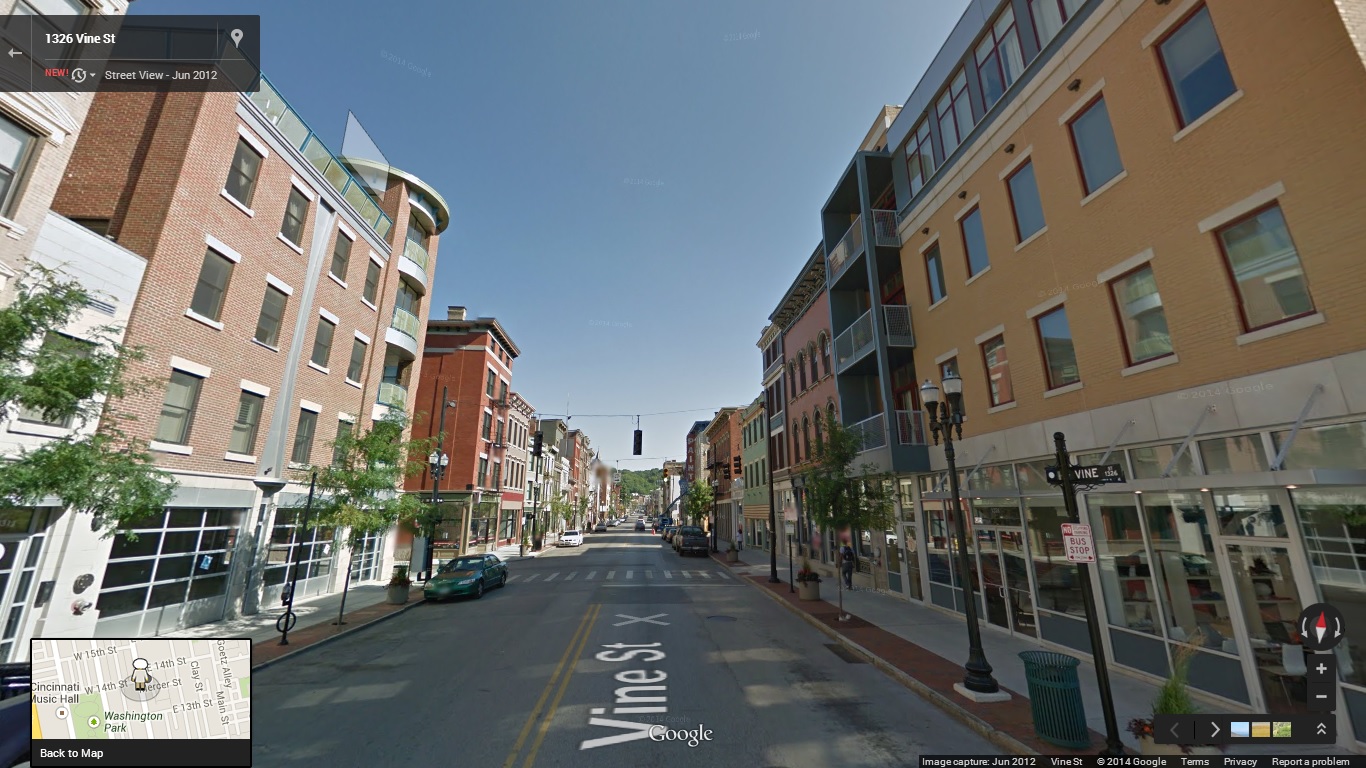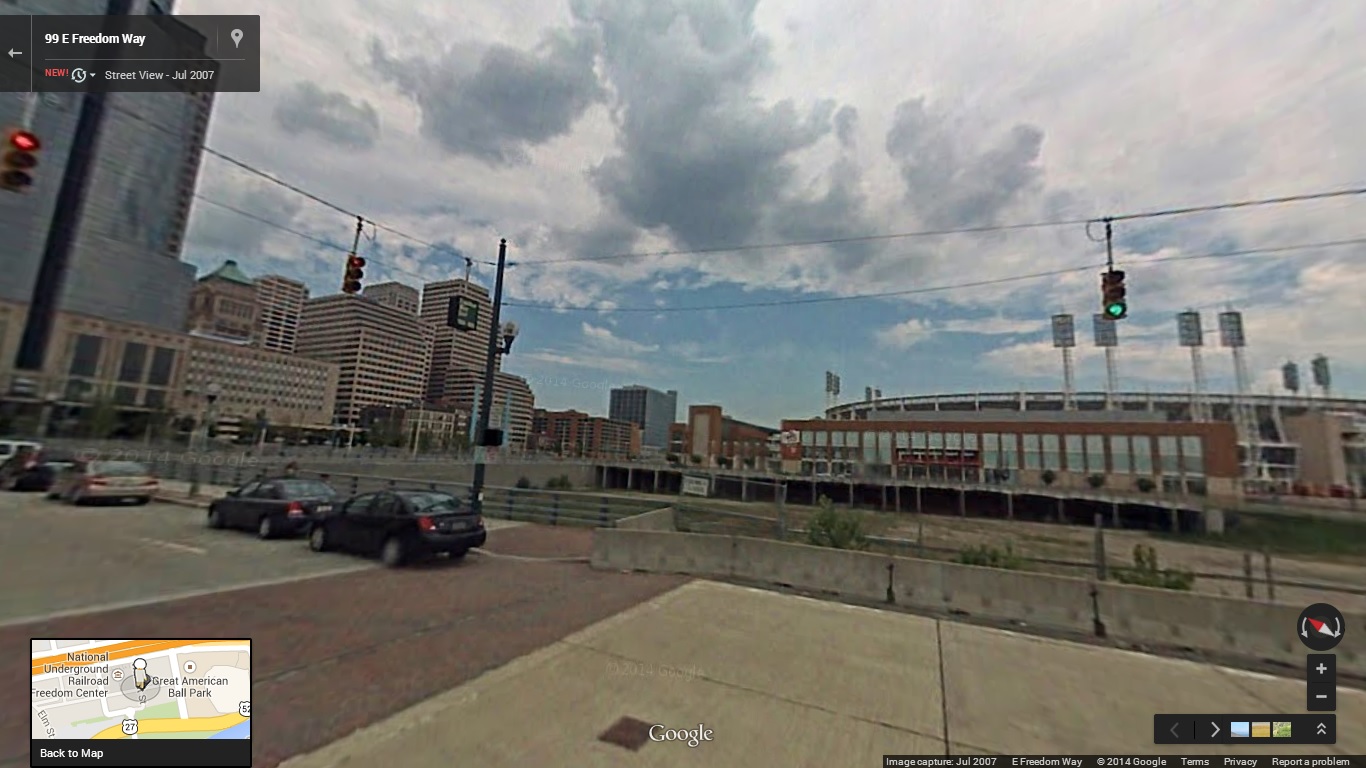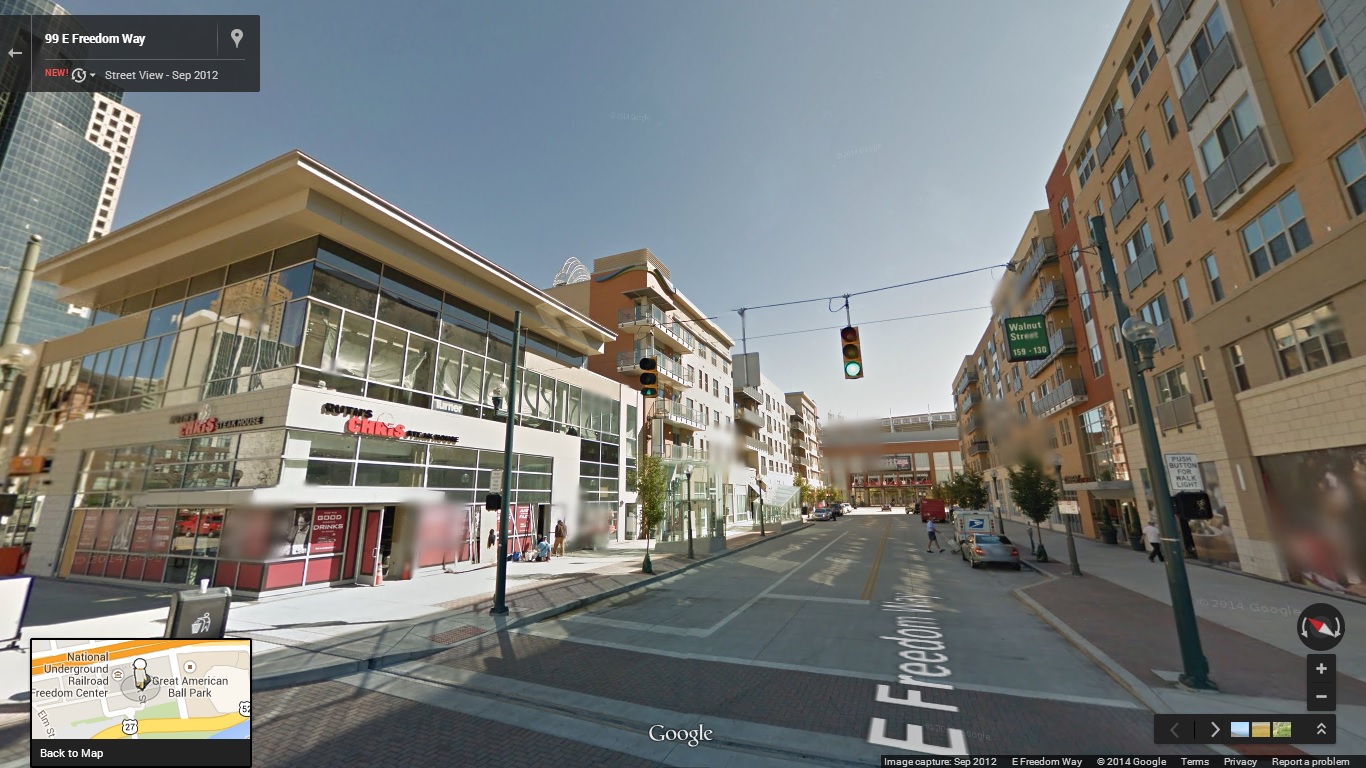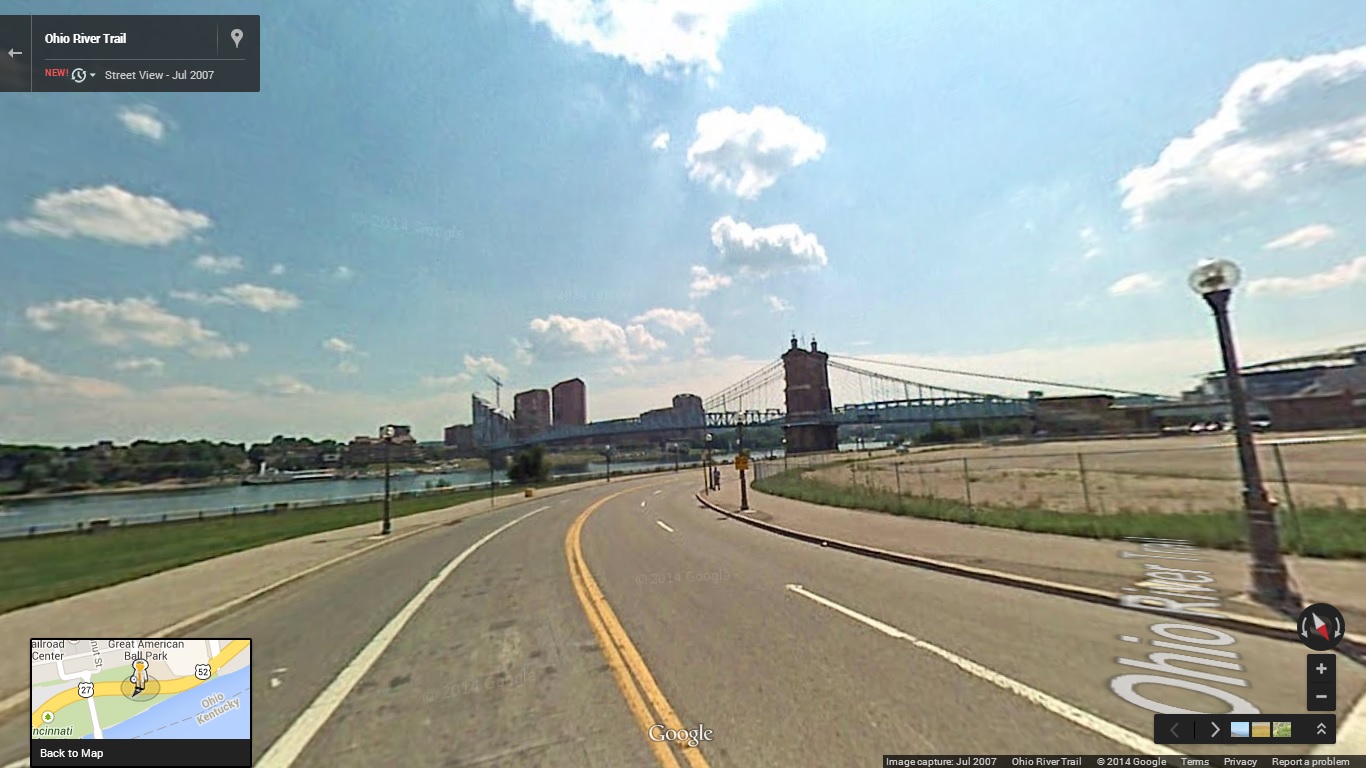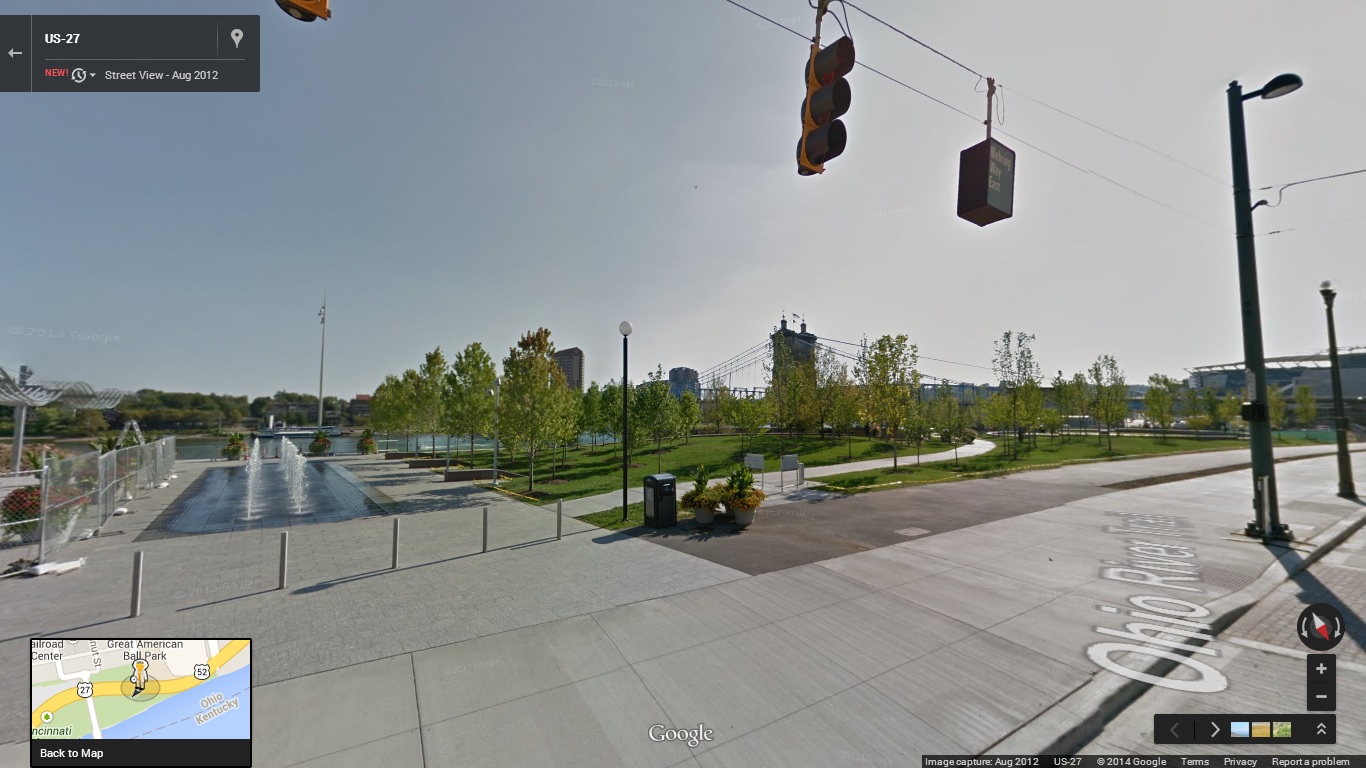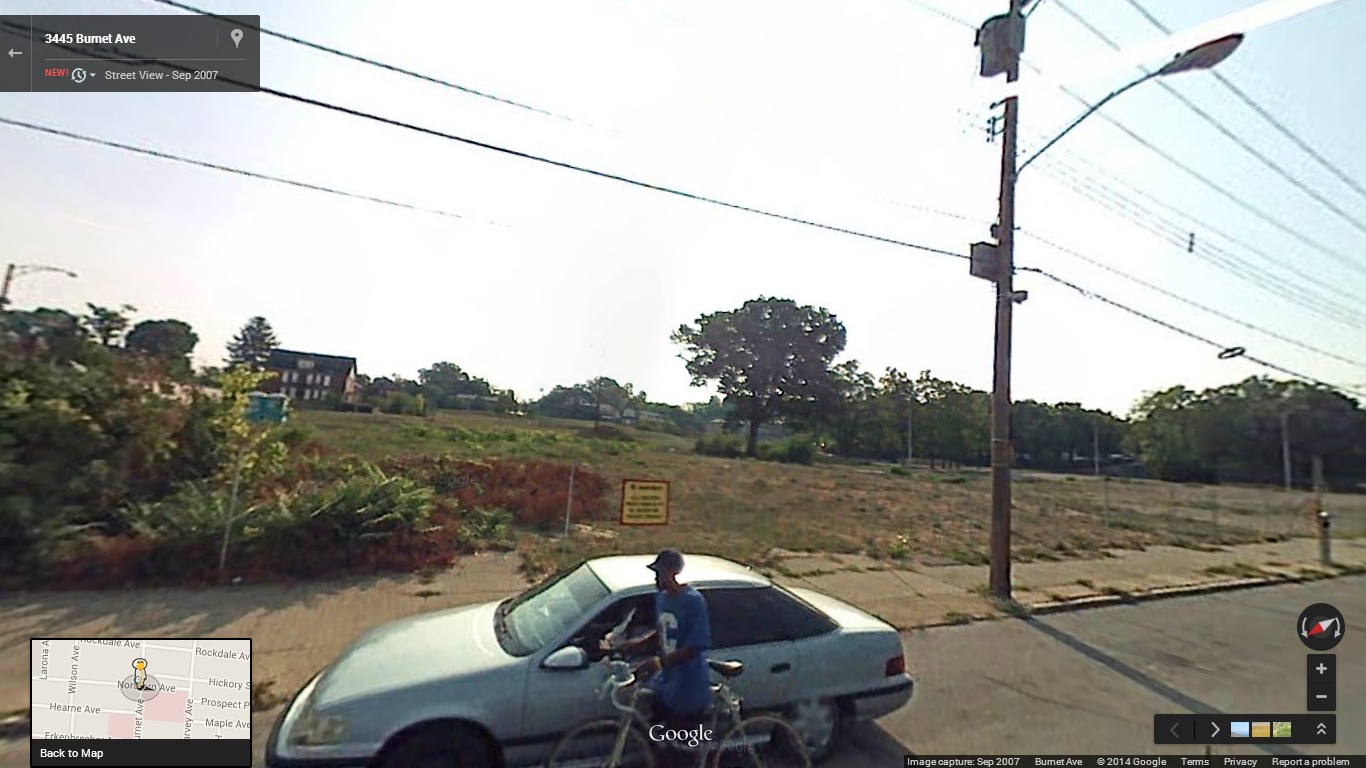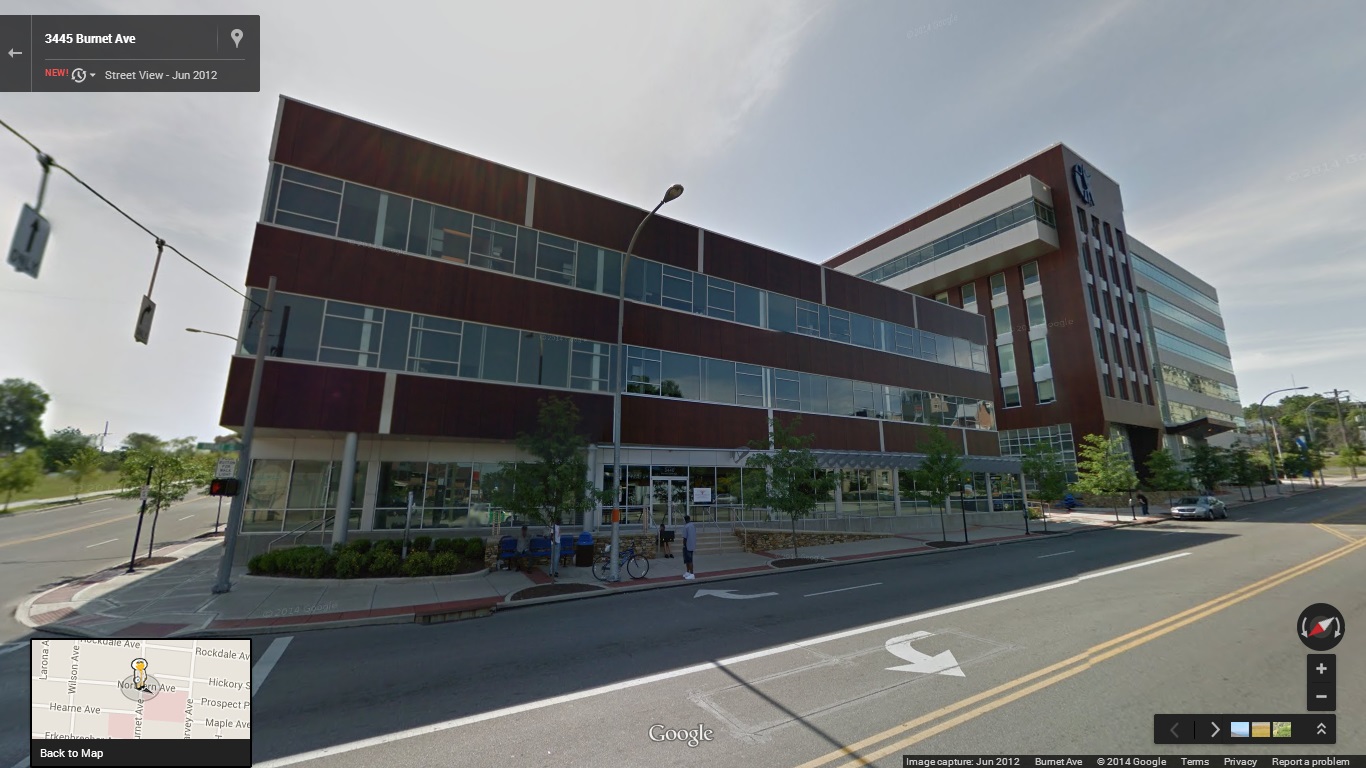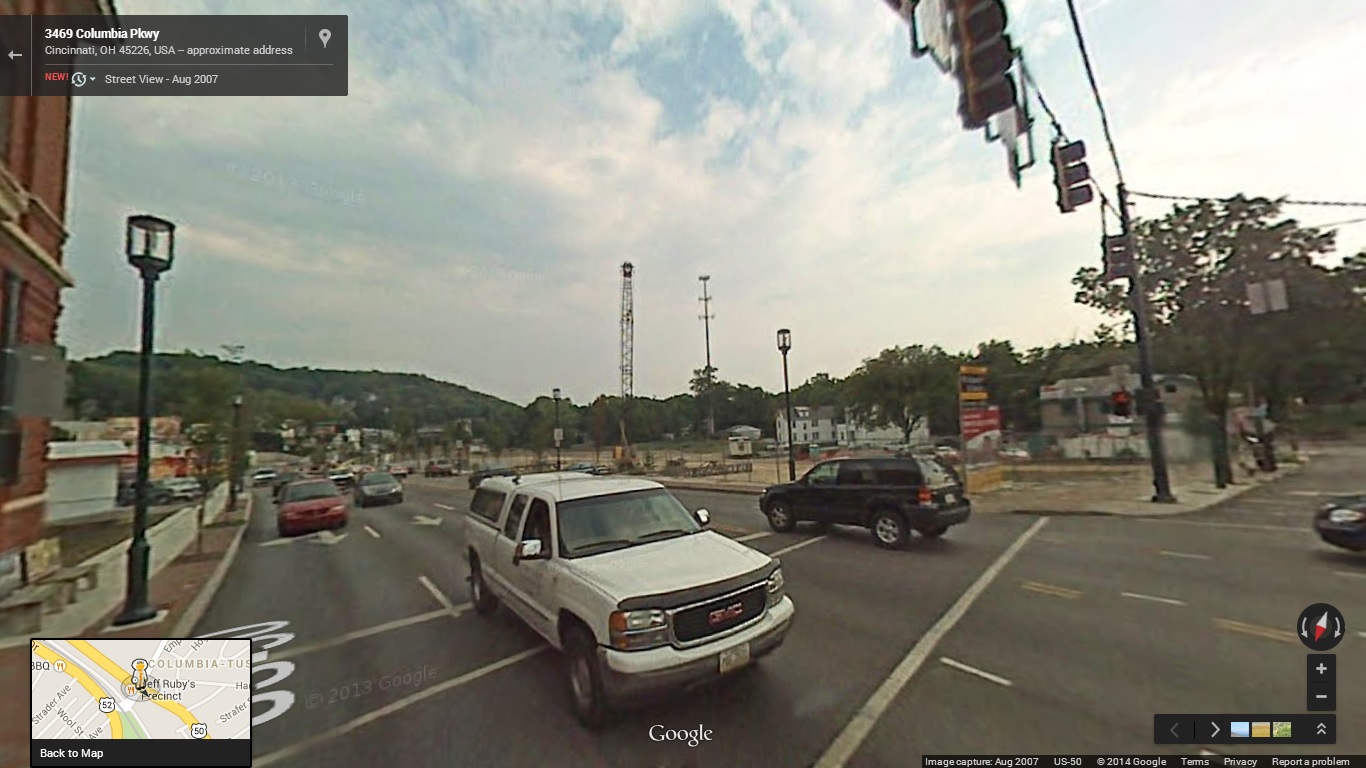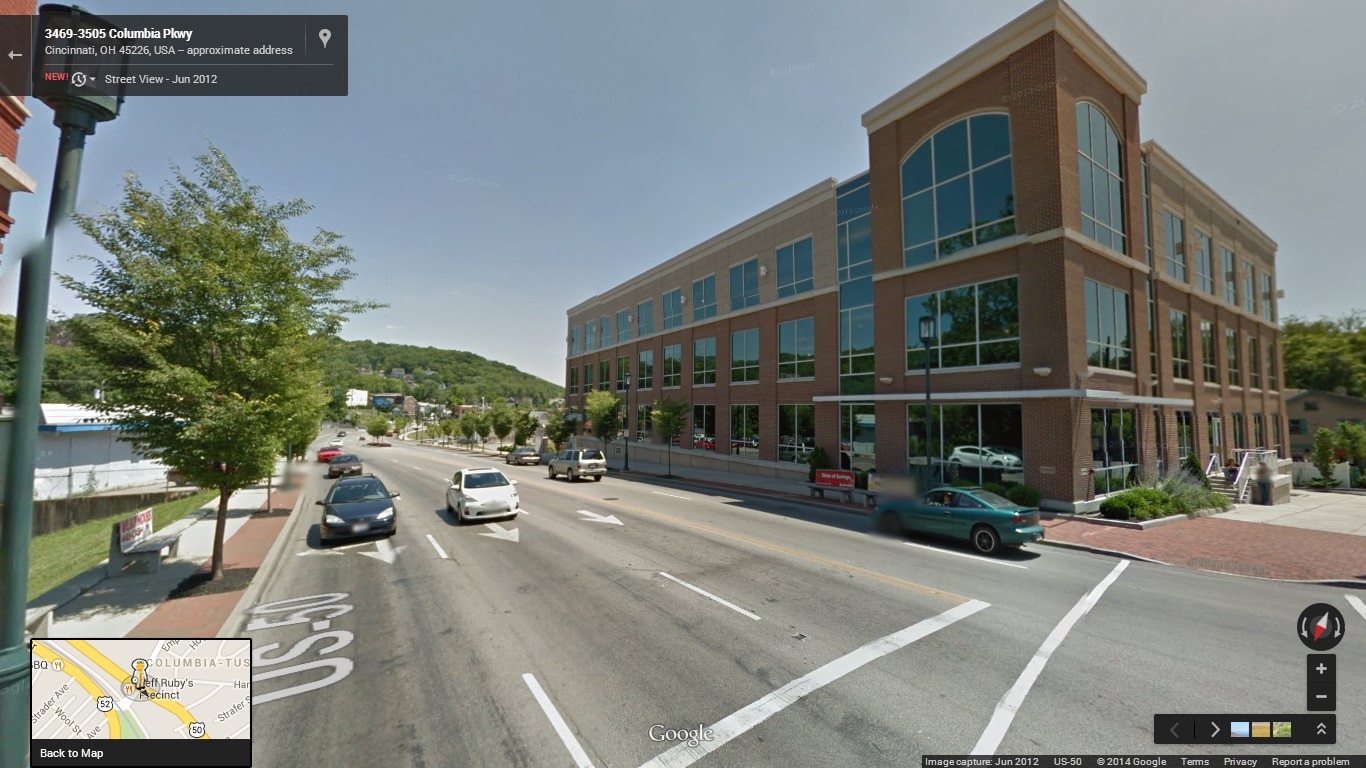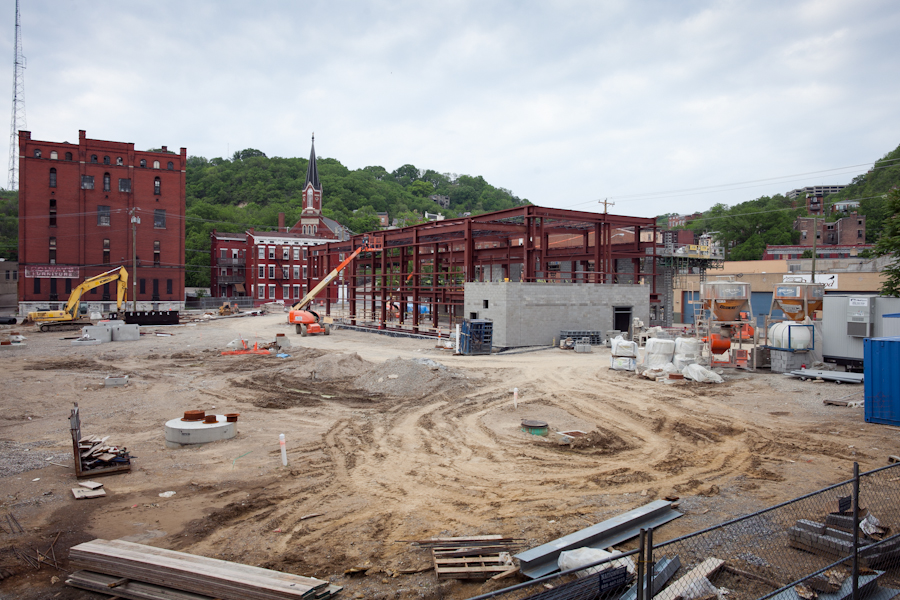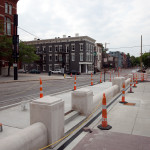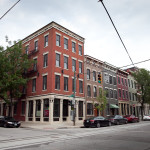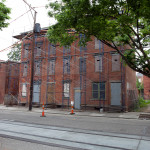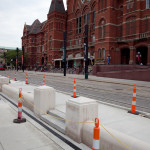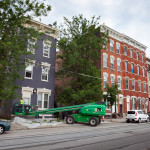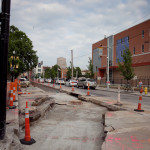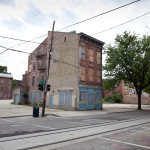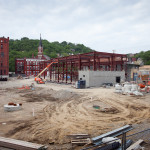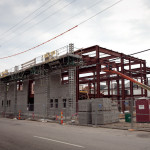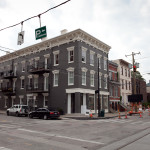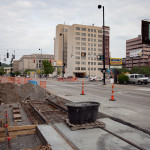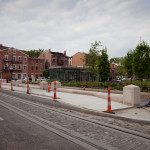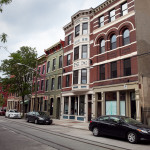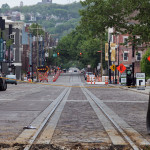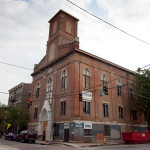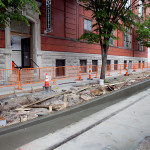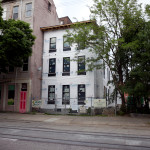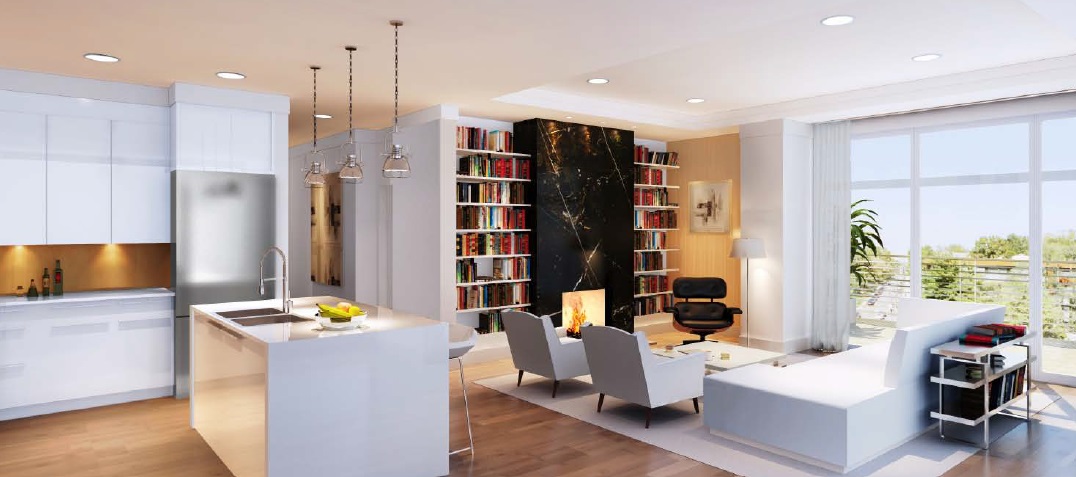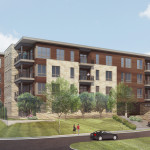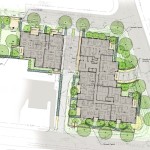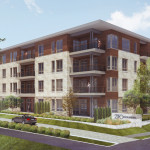Uptown Rental Properties is making progress on their latest development in Corryville. This one, called VP3, is located on Euclid Avenue between Corry and Charlton Streets, and will add 147 units with 300 beds to the neighborhood. If all goes according to plan, the $30 million project will open in the fall of 2015.
The site previously included seven homes and a suburban-style Fifth Third Bank retail branch, and is located across the street from the planned site for a new Kroger grocery store.
Corryville has seen a wave of private investment recently that has added hotel rooms, apartments, and retail and office spaces. Much of that investment has come from Uptown Rental Properties, which has constructed hundreds of new residential units and injected thousands of new residents into Corryville over the past several years.
According to Dan Schimberg, president of Uptown Rental Properties, the demand for additional housing units in Corryville is so strong that they have revised their original plans over the years to try to serve the market.
“There is such an incredible demand for housing on the east side of campus,” Schimberg told UrbanCincy. “Originally our plan was to build housing for 1,200 people on Short Vine, but now we’ve increased that total to 1,600 by 2016.”
For better or worse, all of this development is changing the face of Corryville.
But unlike many of the company’s other developments surrounding the University of Cincinnati, it is not just students occupying the residential units being built in this area. According to Schimberg, more than 30% of the total residents are non-undergraduate students, compared with just 3% on the south side of campus – something he attributes to the growing demand for urban living.
“Three of the top five largest employers are in Uptown, and then have been adding thousands of jobs over recent years,” Schimberg explained. “What we’re seeing is a demand for workforce housing on the east side of campus from a desire for people to live in a more urban environment.”
In addition to the increased demand for urban living and the rapid job growth nearby, Schimberg believes the improvement of Uptown neighborhoods is also keeping and attracting residents in a way he has not seen since starting Uptown Rental Properties nearly 30 years ago.
It is expected that work will wrap up on the four-story VP3 development in the fall of 2015. At that time, a new 550-space parking garage, being built in coordination with this project, will open and provide some 225 public parking spaces for the Short Vine business district.
“The addition of these new residents is providing the core demand for the retail, and the residents get to benefit from those nearby services,” Schimberg continued.
Due to the philosophy of wanting the retail and residential to benefit one another, Schimberg said that the public portion of the parking garage is being built solely to help bolster the business on Short Vine. As a result, Uptown Rental Properties and the City of Cincinnati are sharing the costs for the garage.
Since developers are pursuing LEED Gold certification from the U.S. Green Building Council, the project will be eligible for the City of Cincinnati’s LEED Tax Abatement.
